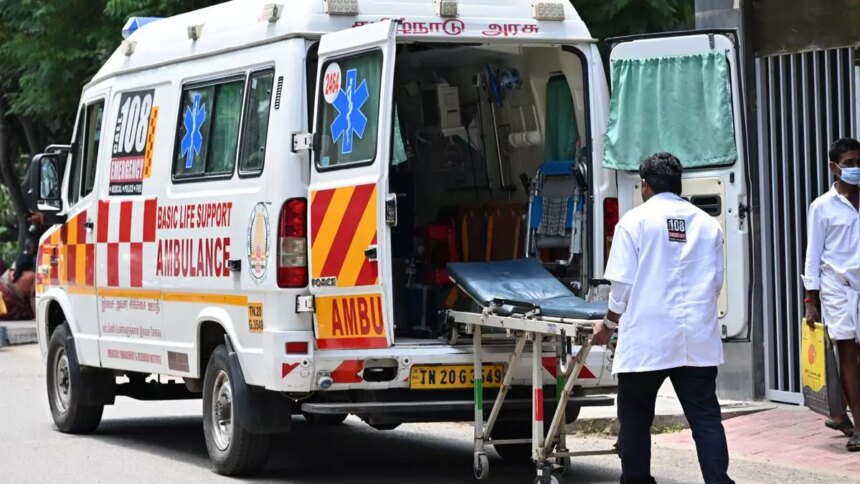The development of e-ambulances and hybrid ambulances under the Prime Minister’s Electric Drive Revolution in Innovative Vehicle Enhancement (PM E-DRIVE) scheme has been progressing slowly. As a result, the government is considering extending the deadline for this particular segment to allow the industry to take advantage of the benefits offered under the scheme.
Launched on October 1 with a budget of ₹10,900 crore, the PM E-DRIVE scheme will remain operational until March 31, 2026. Within this framework, ₹500 crore has been allocated specifically for the deployment of e-ambulances.
The scheme also includes other eligible categories such as e-2 Wheelers (e-2Ws), e-3 Wheelers (including registered e-rickshaws and e-carts), L5 cargo vehicles, e-Trucks, e-Buses, charging infrastructure, and the modernization of testing agencies.
However, the Ministry of Heavy Industries (MHI) has not yet specified how many e-ambulances and e-trucks will receive subsidies under the scheme. In contrast, for categories like e-2Ws, the MHI plans to support 2,479,120 vehicles with a budget of ₹1,772 crore, while for e-3Ws L5, 205,392 vehicles are set to be subsidized at a cost of ₹715 crore. For e-Buses, a fund of ₹4,391 crore has been allocated to subsidize 14,028 vehicles.
Sources within the MHI indicate that only a few original equipment manufacturers (OEMs) have expressed interest in producing e-ambulances and hybrid ambulances. The absence of this segment in the current market poses a challenge, as manufacturers will need time to develop the vehicles and meet homologation and testing standards established by Motor Vehicle regulations.
An official noted, “We could consider extending the deadline if industry requests come in. Currently, there are no e-ambulances or similar categories in India, so it’s difficult to provide incentives. The government can’t create these vehicles; that responsibility lies with the industry.”
According to the official, some companies are considering producing ambulances powered by 70-90 kWh batteries, capable of traveling approximately 150 kilometers on a single charge, with potential plans to launch such vehicles by March. However, a final decision has yet to be reached.
Furthermore, the MHI is in discussions with the Ministry of Health and Family Welfare regarding the guidelines for this initiative. Once the requirements are finalized, details will be communicated to industry stakeholders to initiate the scheme.
The MHI has drafted model guidelines and shared them with all ambulance manufacturers, as well as the Ministry of Road Transport and Highways (MoRTH) and the Ministry of Health. The guidelines for providing subsidies for both electric and hybrid ambulances are being shaped through consultations, with one or two additional discussions planned before finalization.
As of now, only Force Motors has confirmed its capability to manufacture e-ambulances, with plans to launch a model by March. Other manufacturers, such as Tata Motors and Maruti Suzuki India, are still evaluating this opportunity.
“We’re not rushing the process, as currently there are no e-ambulances being manufactured in India,” the official stated.
Recently, Switch Mobility reported its interest in exploring the e-ambulance and e-truck markets, although no specific timelines have been established. Mahesh Babu, CEO of Switch Mobility, mentioned, “We are actively looking into it and will introduce products at the right time when the market is ready.”










